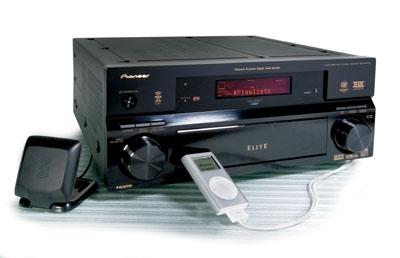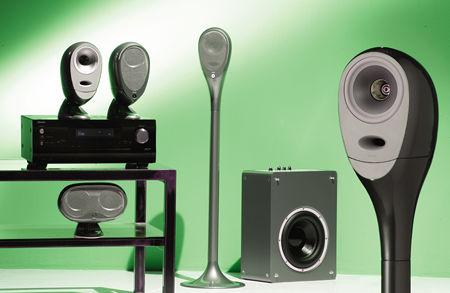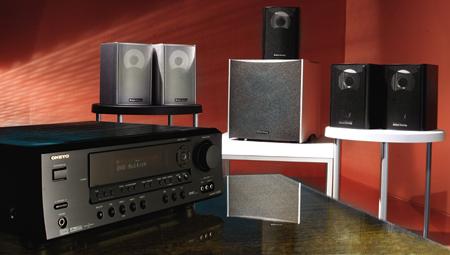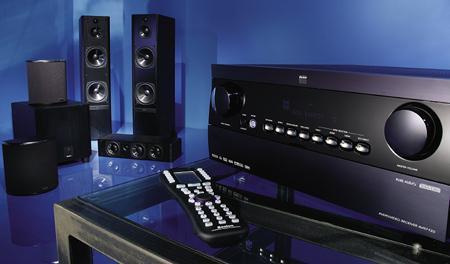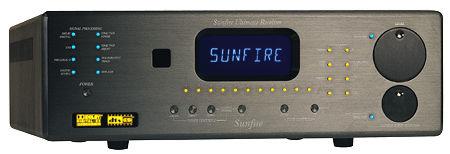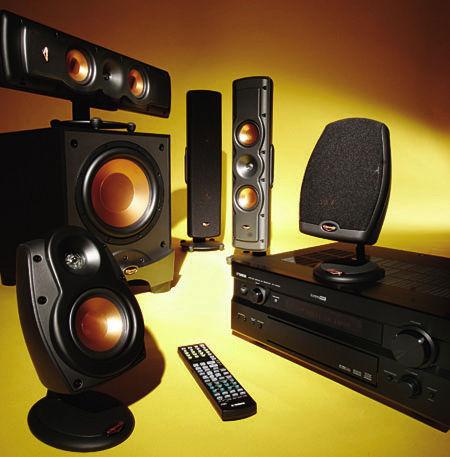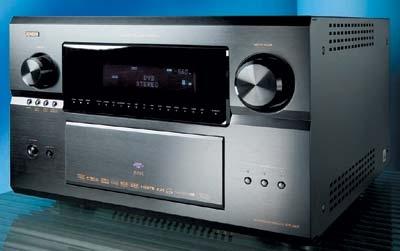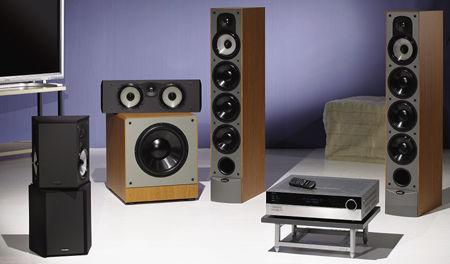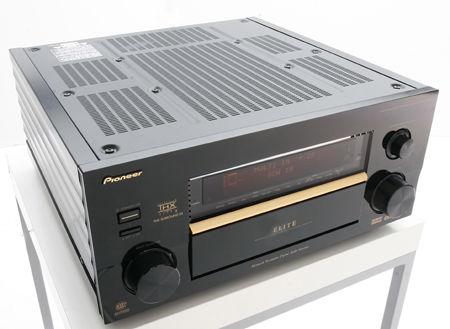AV Receiver Reviews
Sort By: Post Date TitlePublish Date
|
Aug 30, 2005 |
First Published: Aug 31, 2005
|
Jul 20, 2005
|
Jul 20, 2005
|
Jun 16, 2005
|
Apr 17, 2005
|
Apr 10, 2005 |
First Published: Apr 11, 2005
|
Mar 18, 2005
|
Feb 27, 2005
